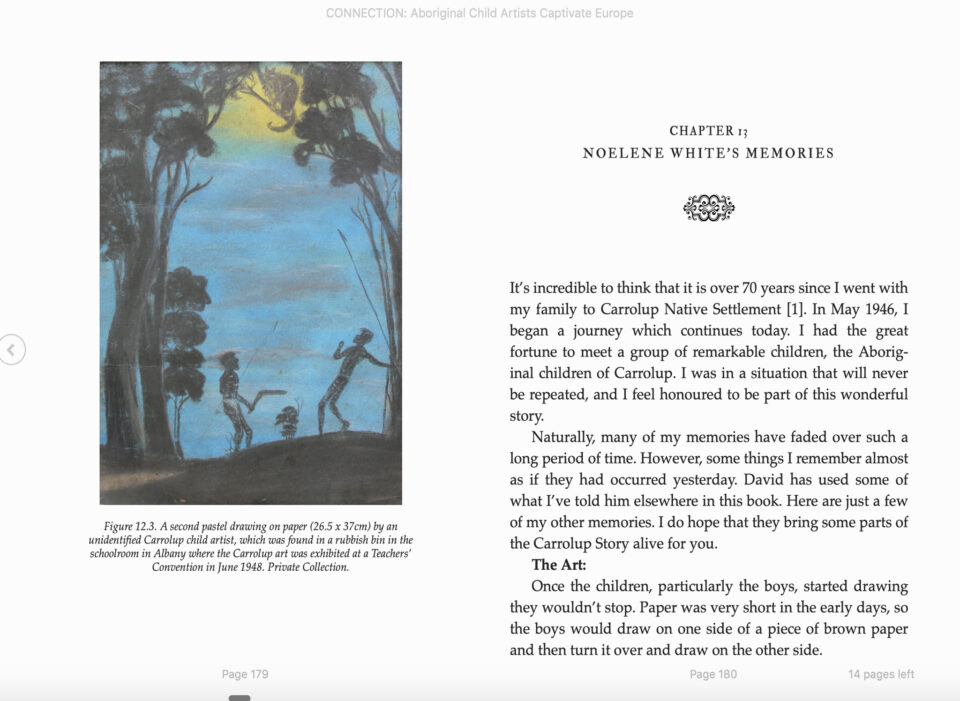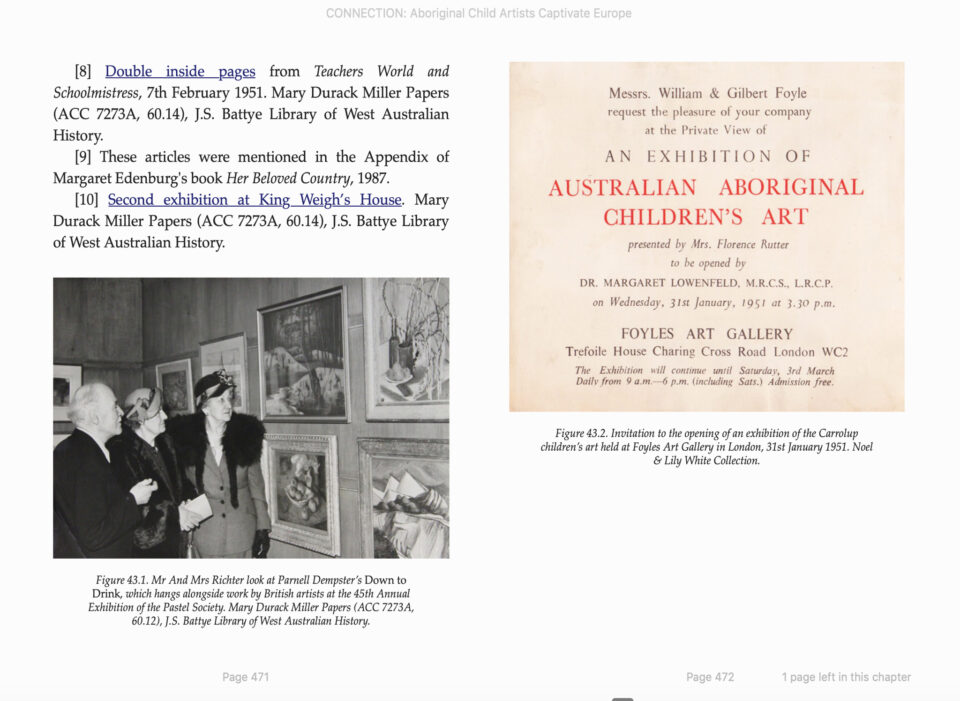Western Australia, 1946: When teacher Noel White arrives at government-run Carrolup Native Settlement, he cannot communicate with the traumatised Aboriginal children, as they are so fearful. The children, forcibly removed from their families as part of government policy, live in squalor.
Noel connects with the children through his empathy and unique education programme, and inspires them to create beautiful landscape drawings that gain widespread public recognition. The children also display educational, sporting and musical achievements, despite the ongoing adversities they and their teachers face. A 71-year old Englishwoman, Mrs Florence Rutter, visits Carrolup and tells the children she will do all in her power to make their work known throughout the world. As Mrs Rutter exhibits the artworks in Europe to much acclaim, the Western Australian government closes the school without warning.
The children’s dreams of a better future are shattered by this closure, and by the adversities they face in a white-dominated society that considers them ‘inferior’. The dreams of one talented artist, Revel Cooper, become a nightmare when he faces a charge of murder in the state’s Supreme Court. The all-white jury cannot come to a decision after the first trial, so Revel is tried again a week later.
CONNECTION uses ‘faces’ and ‘voices’ of the past, providing access to a wealth of photographs, pictures of the children’s art and schoolwork, letters, documents and media clippings, that help bring the story ‘alive’. The book plunges us into a world where Aboriginal children show resilience in the face of great adversity. Their achievements challenge the very foundation of a government’s racist and dehumanising policies. Their art inspires four generations of artists… and takes a 50-year journey, encircling the world before returning home.
CONNECTION is a story of trauma, and the overcoming of trauma. A story that resonates in today’s world of the oppressed and their oppressors. A story of Hope, Heart and Healing.
Author David Clark is a Professor Emeritus of Psychology who has spent the past twenty years developing initiatives that empower people to recover from addiction, mental health problems and intergenerational trauma. John Stanton, an Adjunct Professor and former Director of the Berndt Museum of Anthropology at the University of Western Australia (UWA), has been involved with the Carrolup story for over 40 years. David and John’s online resource The Carrolup Story (www.carrolup.info) is closely associated with their book.
Slideshow of photos relating to the story of the Aboriginal child artists of Carrolup. These children, who lived in the squalor of a 1940s government native settlement in Western Australia, created beautiful landscape drawings that gained international acclaim and challenged a government’s racist policies.
The background song 'Carrolup' was written by Dilip Parekh, a Fremantle-based musician, in 2007 and performed by Dilip 'n the Davs.
John Stanton (left) and David Clark with Cheryle Jones at the 'Carrolup Revisited' exhibition by the Berndt Museum of Anthropology held in the Lawrence Wilson Art Gallery, The University of Western Australia, 8th June 2019. Cheryle’s mother Mildred was at Carrolup School during the time that Noel White was teacher.














